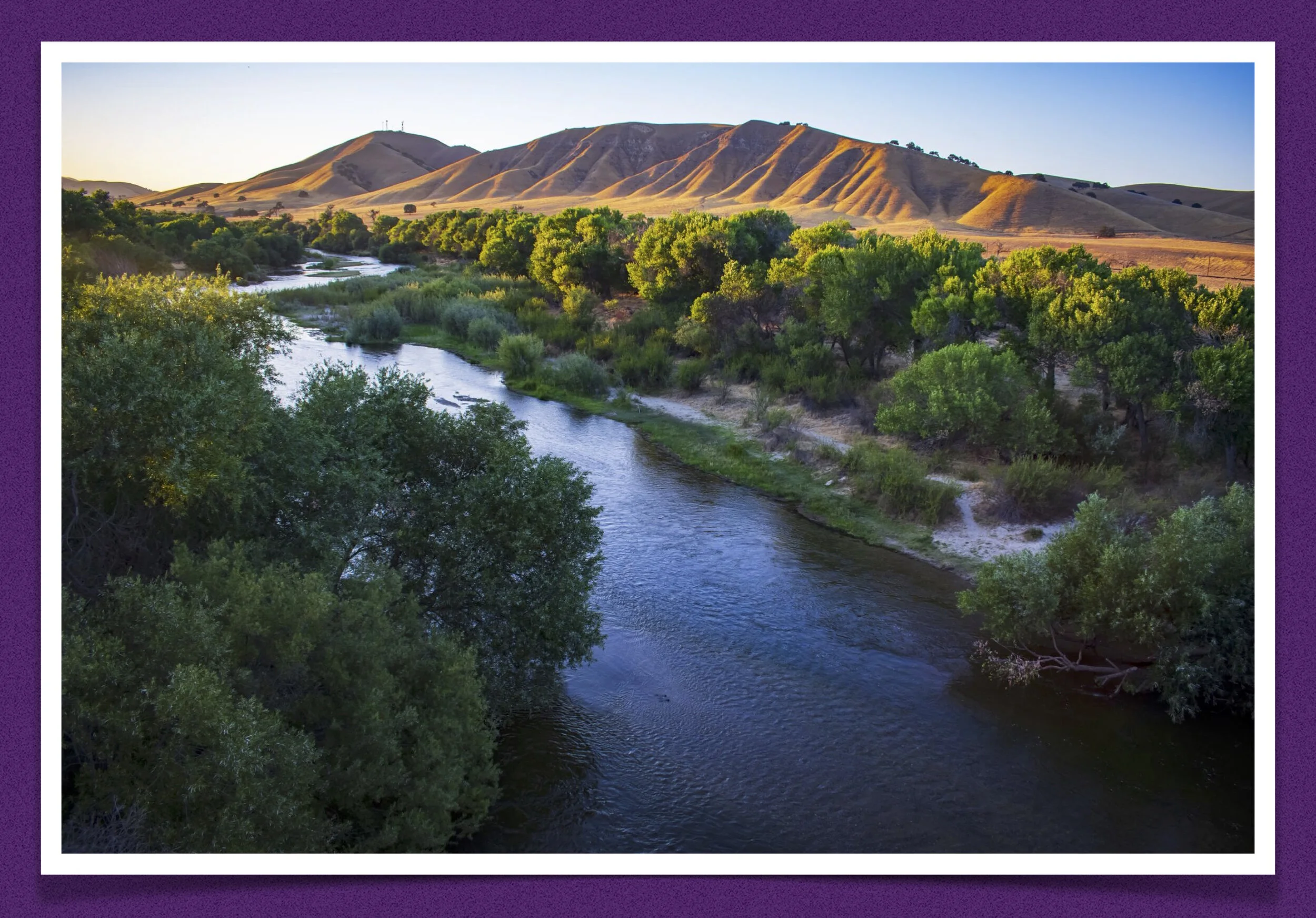
Literature
Central Coast Gallery Walk
Station Two: The Salinas Valley
An Important Agricultural Hub
While not as massive as the Central Valley to the east, the Salinas Valley provides extremely valuable land for the Californian agricultural sector. Thanks in part to a more mild climate, the Salinas Valley is able to produce a fair amount of fruits and vegetables that may have a harder time surviving in much warmer San Joaquin Valley. This agricultural potential was recognized fairly early on, and by the end of the nineteenth century, the valley was filled with farms.
In the hills that surround the Salinas Valley, the agricultural potential was also recognized. While it could not match the valley floor in terms of the output of produce, the hills proved quite valuable for ranching. The rolling hills and wide-open space made it a perfect environment for livestock to graze. This led to ranches primarily existing in the hills while farms dotted the valley floor.
The Salinas Valley was formed as a result of seismic activity that created the Coastal Ranges and was widened due to the ever-changing course of the Salinas River. The river brought nutrients to the valley floor that has kept the soil fertile to this day.
“He looked down on the little hills and ridges below and then out at the huge green Salinas Valley. He could see the white town of Salinas far out in the flat and the flash of its windows under the waning sun.”

